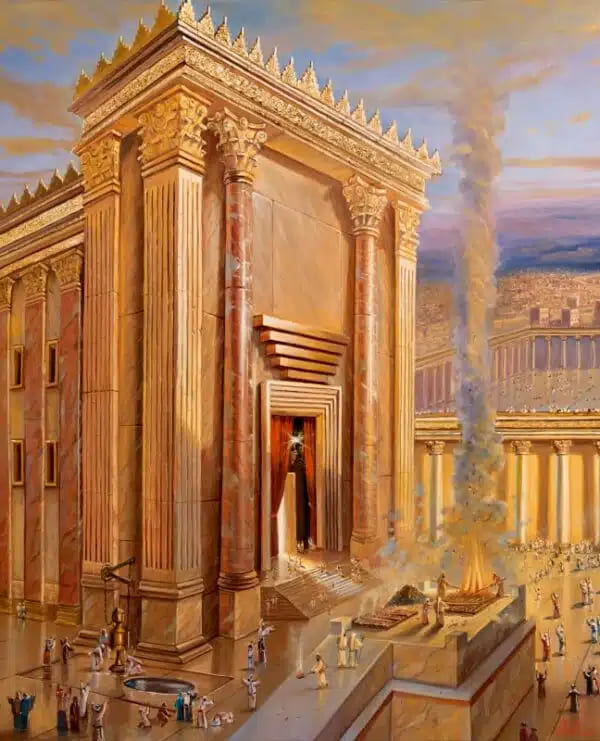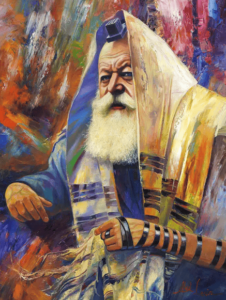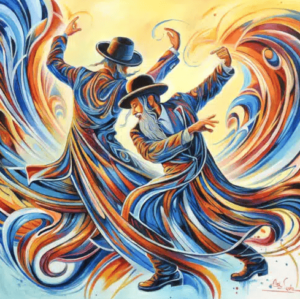
Two Perspectives, One City
Jerusalem has served as a focal point for centuries, rich in layers of history and spiritual significance. Artists from various backgrounds have channeled its streets, structures, and daily life into visual works that range from traditional images to bold, contemporary statements. While painted interpretations often lean on imagination or stylized elements, photographic representations bring viewers face to face with what the camera sees at a particular moment.
This dual perspective raises questions: how do painted and photographic views of the city compare, and in what ways do they inform or challenge each other? By examining these approaches side by side, one gains insight into how every new piece, whether on canvas or in print, contributes to a broader understanding of Jerusalem’s evolving narrative.
Changing Approaches: From Early Methods to Present-Day
Earlier depictions of Jerusalem in painting often followed set patterns and relied on conventional symbolism to show the city’s spiritual reputation. Painters would use recognizable landmarks, crafting an atmosphere of reverence in each scene. Photographers, for their part, had to cope with the technical limitations of equipment and film, which influenced the angles and lighting they chose.
Over time, as techniques progressed, the mood of each medium shifted. Modern artists began experimenting with bolder color combinations or unexpected vantage points, aiming to redefine how viewers interpret the city’s architecture and diverse population. Photographers benefited from advances in camera technology, gaining the freedom to capture fleeting moments in greater detail. The result is a range of works that demonstrate new forms of creative expression, appealing to audiences who seek varied interpretations of Jerusalem’s cultural and historical setting.

Visual Strategies: Paint vs. Lens
In exploring the contrasts between painted works and photographs, one notices significant differences in the tools and creative processes used. Painters may alter proportions, skew perspective, or even add abstract shapes to convey internal feelings about the city. Oil, acrylic, and watercolor all bring their own textures and tonal subtleties, often leading to expressive scenes that are shaped as much by an artist’s emotions as by the locale itself. In contrast, photographers focus on timing, composition, and lighting to capture glimpses of everyday life.
Their perspective can range from panoramic views of cityscapes to detailed shots of narrow streets. Still, many artists who work with lenses believe that photography goes beyond simple recording of real-world locations. By selecting the right angle or adjusting depth of field, they can communicate a personal viewpoint on Jerusalem that is no less interpretive than a painting. This variety is clearly reflected in Contemporary Jerusalem paintings as well as more experimental approaches to Jerusalem pictures.
Case Studies: Selected Works That Illustrate These Styles
Without identifying specific names, it is evident that many painters choose saturated hues or layered brushstrokes to represent the city in a way that goes beyond realism. For instance, one might see rooftops expressed as a patchwork of color blocks that intensify the energy of daily life. Another artist could focus on a single historical gate, exaggerating architectural features so that they become more than mere buildings—they transform into metaphors for endurance or change.
On the photography side, one creator might concentrate on urban details such as market stalls, capturing the shifting light and activity over the course of a day. Another might take a minimalist approach by framing only a small portion of a wall or a section of a stone path, hinting at the deeper layers of history beneath the surface. These works invite observers to rethink their assumptions about Jerusalem. Are they seeing a realistic image of the city, or a subjective viewpoint shaped by the artist’s or photographer’s personal insight?

Contributing to a Shared Visual Narrative
By comparing painted and photographic interpretations of Jerusalem, one uncovers both contrasting and complementary elements. Painters rely on color, texture, and stylistic freedom to interpret the city’s features in visually engaging ways. Photographers, on the other hand, use a lens to highlight aspects of the urban landscape that might be overlooked by the naked eye. Each approach enriches the overall conversation about Jerusalem, building on the layered impressions left by generations of creators. In the end, the city emerges as a multifaceted muse, ready to be reimagined time and again. Through ongoing innovations in both paint and photography, Jerusalem’s identity remains a living narrative—one that gains depth from every fresh interpretation added to the visual record.







